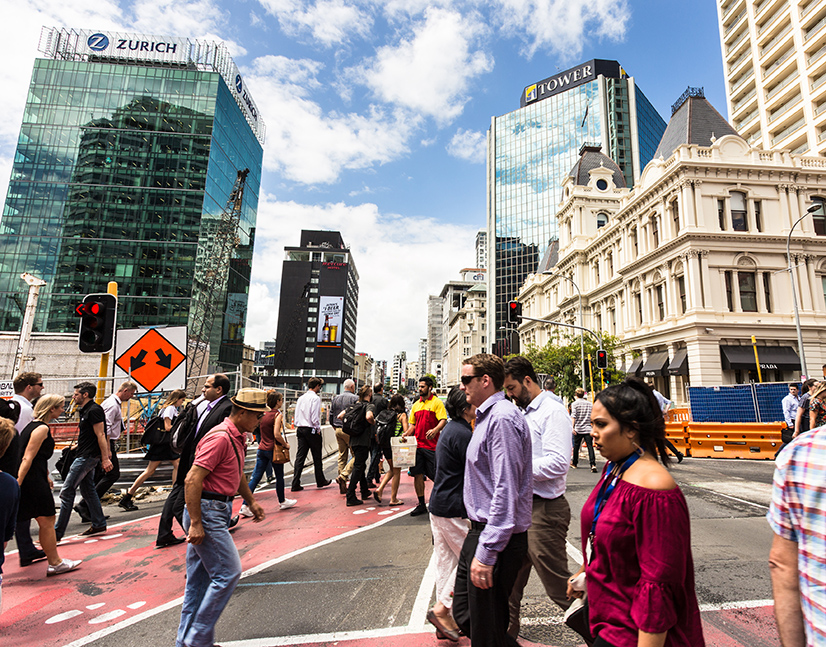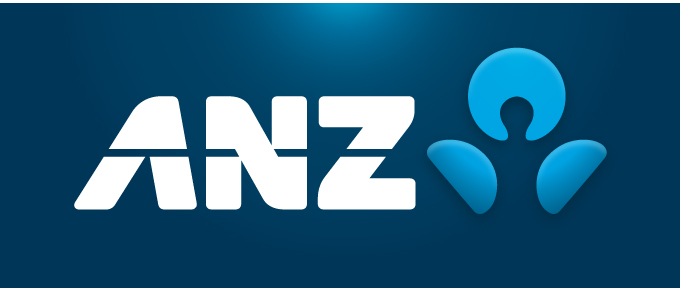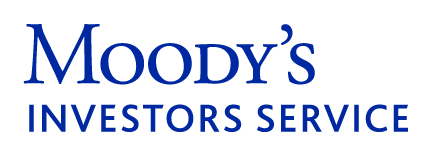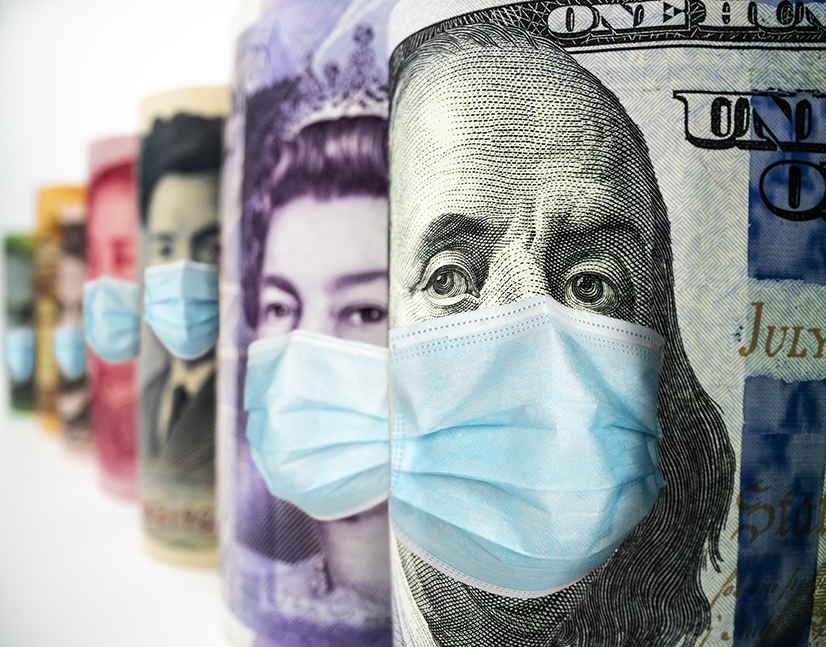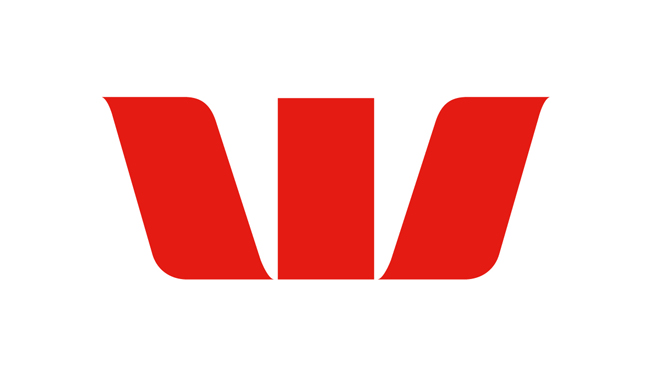
The COVID Diaries: service provider 6
The following interview is with an Australian-based service provider to the debt capital markets. It was conducted on 25 May 2020.
Does your business have a timeline for returning to office working – and are you looking forward to it?
At the outset, we had prepared for the worst but hoped for the best. Based on this strategy, we took an in-house view that the market would return to normal sooner rather than later. This has played out, which is a good thing.
We are taking a staggered approach to people returning to the office and avoiding peak travel times. I come into the office just after 7am and leave before 5pm to avoid peak periods, even though there are small numbers on public transport at the moment.
We are also recommending staff spend a maximum of 2-3 days in the office when they come back, with the balance staying at home so they can adjust during the transitional period. This allows us to gauge how effective it is to have people working from two locations. You can’t just flick a switch and have everyone go from the home to the office immediately.
Am I looking forward to reaching this point? Yes, certainly.
It is commonly accepted at this stage that Australia and New Zealand have done relatively well in the phase of the crisis where public health was the number one priority. Is it now time – at the margin at least – to change the emphasis towards reopening the economy?
Given the easing of restrictions, the government should focus efforts on protecting the elderly and those at high risk. However, reopening the economy should be the immediate priority.
You mentioned that you took an early optimistic view on markets returning to normal. Broadly are you more or less optimistic about the crisis than you were during the early acceleration period of moving to home working and adding social distancing measures?
I have the benefit of having worked through the 2008 financial crisis, from which a lot of lessons were learned. The first thing you needed to do was make a call on how long COVID-19 would affect your business, staff and customers. Being reactive rather than proactive is not a good position to be in.
We assumed Australia and New Zealand would perform better than most countries and that markets would return to normality sooner rather than later. This has essentially proven to be the case, notwithstanding a few things still to unfold.
Our continuity plan was centred around a business-as-usual policy by July. We then focused on what was needed to achieve this outcome. This involved making sure staff are safe, making sure the transition plan is in accordance with a July return and that we maintain our pre-crisis level of professionalism with customers.
The disparity between industry participants and how they have managed the crisis has surprised me. As we come out of this, some businesses will function better than others and that will be a function of how management has approached current events.
“We assumed Australia and New Zealand would perform better than most countries and that markets would return to normality sooner rather than later. Our continuity plan was centred around a business-as-usual policy by July.”
Do you subscribe to the view that this crisis will radically reshape our society? What do you think will change and what will areas do you think will actually revert to previous norms?
I think what will change is our approach to managing businesses during the rebuild phase and thereafter. Businesses will need to be right-sized to accommodate for reduced revenue and growth in the short term. This could play out over the next 2-3 years through operational reviews and strategic planning.
My expectation is that the Commonwealth will open international borders and support foreign migration and investment once a vaccine is found, which will kickstart the economic recovery. During the financial crisis the government increased migration numbers to help keep GDP growth healthy and I can see this happening again.
Australia has always been a financial safe haven, but over the last few months it has also become an economic and health safe haven. I think this puts Australia in a very good position for attracting foreign investment.
When do you think you will next get on a plane?
What are you most looking forward to being able to do again, as restrictions ease in the coming weeks and months?
KangaNews is your source for the latest on the COVID-19 pandemic’s impact on Australasian debt capital markets. For complete coverage, click here.









